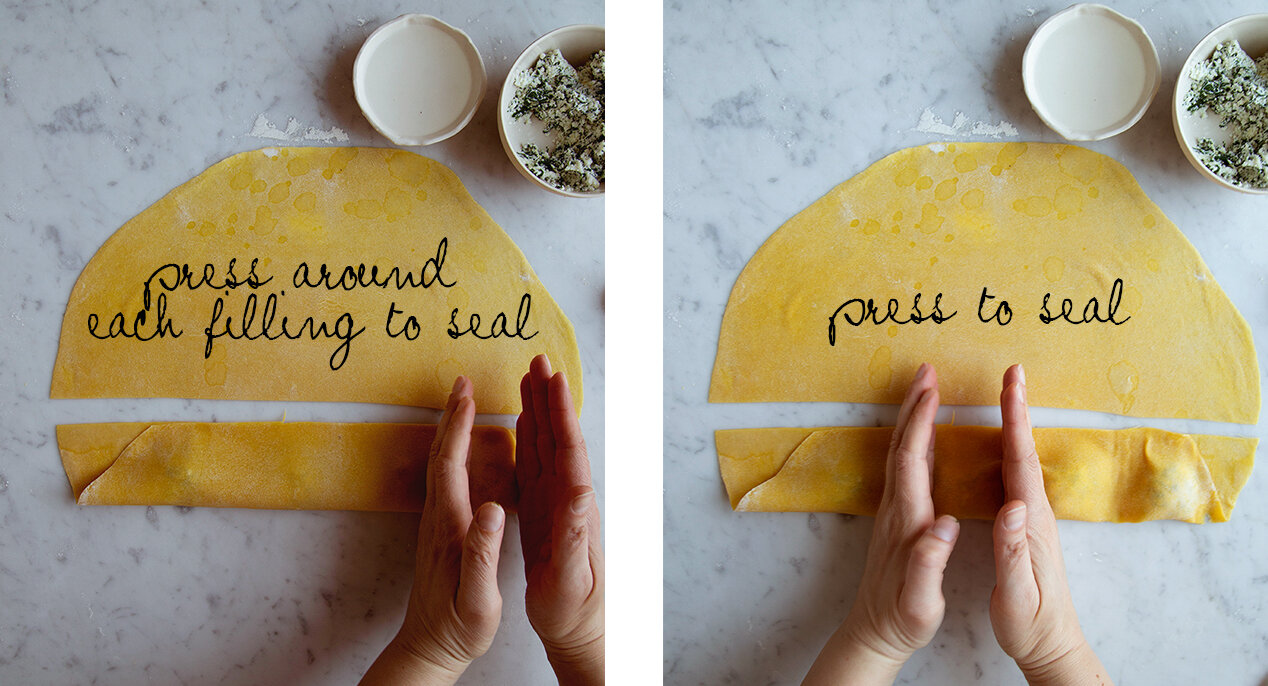This recipe was created for the Mill City Farmers Market as a part of their Farmer’s Stories. It follows my previous post A Visit to the Shepherd’s Way Farm where I visited the Read’s family and their Shepherd’s Way Farm. I was beyond excited and honored to be able create something for my most beloved Minneapolis Farmers Market as the Mill City Farmers Market has been my place of joy, my community, and my source of amazing local foods and goods. It was a true pleasure for me to work with the Read’s family and their Shepherd’s Way Farm, and I hope you enjoy my story about them and this recipe.
The ingredients of this recipe celebrate both the abundance of the Shepard’s Way Farms and the Mill City Farmers market. Bread from Baker’s Field. Cheese, bacon and eggs from Shepard’s Way Farms – alternatively, eggs and bacon from Sunshine Harvest Farm. Asparagus from Bean Market, Prairie Hollow Farm or many of the other farmer’s stands at the market.
This recipe is so easy to make and it feels luxurious at the same time. The melted morel mushrooms brie over the crunchy toast compliments the lemony-roasted asparagus so well. And the smoky bacon and soft poach egg on top make the whole experience so decadent and worth savoring every bite.
Bacon, Poached Egg, Asparagus and Brie Toast
Makes 4 large toasts
Ingredients:
• 4-6 bacon slices
• 1 bunch of asparagus, ends trimmed
• 4 tablespoons of olive oil
• Salt and black pepper
• Juice of 1 lemon, divided
• 4 sourdough slices (such as Baker’s Field Table Bread)
• 1 large garlic clove, peeled and sliced in half
• 1 chunk of Shepherd's Way Farms Morcella cheese (or another brie-style cheese), sliced in 4 slices
• 4 eggs
• Fresh thyme leaves for topping
Directions:
Preheat oven to 400F
Place bacon on a foil-lined baking tray and bake for 9-10 minutes. Flip bacon slices over and bake for additional 2 minutes, or until lightly golden and crispy. Place cooked bacon on a paper towel-lined plate and set aside.
Increase oven temperature to 450F
On a baking sheet, toss the asparagus with 2 tablespoons of olive oil, salt and
pepper. Transfer to the oven and roast for 15 minutes, or until asparagus edges are slightly browned. When done, pull the tray out the oven, pour half of the lemon juice over the asparagus and toss to evenly coat. Set the asparagus tray aside.On a separate baking sheet, place the bread slices and lightly brush them with the remaining 2 tablespoons of oil. Transfer to the oven and bake for 5 minutes. Flip the bread slices over, with your fingers, rub the top of each toast with the garlic clove. You will see the cloves get smaller as the garlic is dispersed, pushed into the bread. Add a slice of brie to each toast, return to the oven and cook 5 more minutes or until the brie is melted.
While the bread and asparagus are cooking, make the poached eggs. Heat a medium saucepan of water over low heat until just simmering. Add the remaining lemon juice, a couple of pinches of salt and use a wooden spoon to create a gentle whirlpool. Crack 1 egg into a small bowl and gently add to the water. Poach for 4-5 minutes or until the egg white is cooked and the yolk is still runny. Remove with a slotted spoon and set aside. Repeat with the remaining eggs by heating the water up again until simmering after each egg.
To serve, top each toast with asparagus and bacon pieces torn in thirds. Add a poached egg, and sprinkle with fresh thyme, salt and pepper. Serve immediately.




















